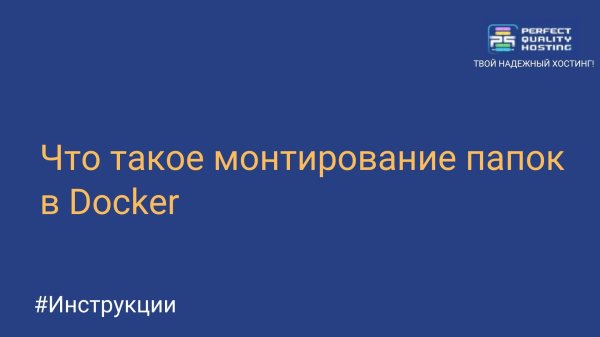How to connect to a container in Docker
- Main
- Knowledge base
- How to connect to a container in Docker
The Docker container is a lightweight and isolated environment in which you can run applications and their dependencies. It uses containerization to package applications and all necessary components (such as libraries, configuration files, etc.) into a single object that can be migrated and run on any system that supports Docker.
Why do I need to connect to a container?
Connecting to a container in Docker allows you to interact with it, execute commands, configure and test applications, as well as monitor and analyze the operation of the container. This is useful for developers when debugging and testing applications, as well as for administrators when managing and monitoring containers. Connecting to a container also allows you to access its file system, logs, and other resources for analysis and troubleshooting.
Connecting to the container
To connect to a container in Docker, follow these steps:
Make sure that Docker is installed and running on your computer.
Open a command prompt or terminal.
Launch the container you want to connect to using the docker run command. For example:
Here -it means that you want to run the container interactively with terminal support.
If the container is successfully launched, you will be redirected to its internal shell or command line.
Now you can execute commands and interact with the container as if it were a regular computer or server.
To exit the container, press Ctrl+D or run the exit command.
Please note that in order to successfully connect to a container, you must know its name or identifier. You can also use the flags and parameters of the docker run command to configure the connection to the container, for example, to forward ports or mount directories.
Apply the discount by inserting the promo code in the special field at checkout:



































